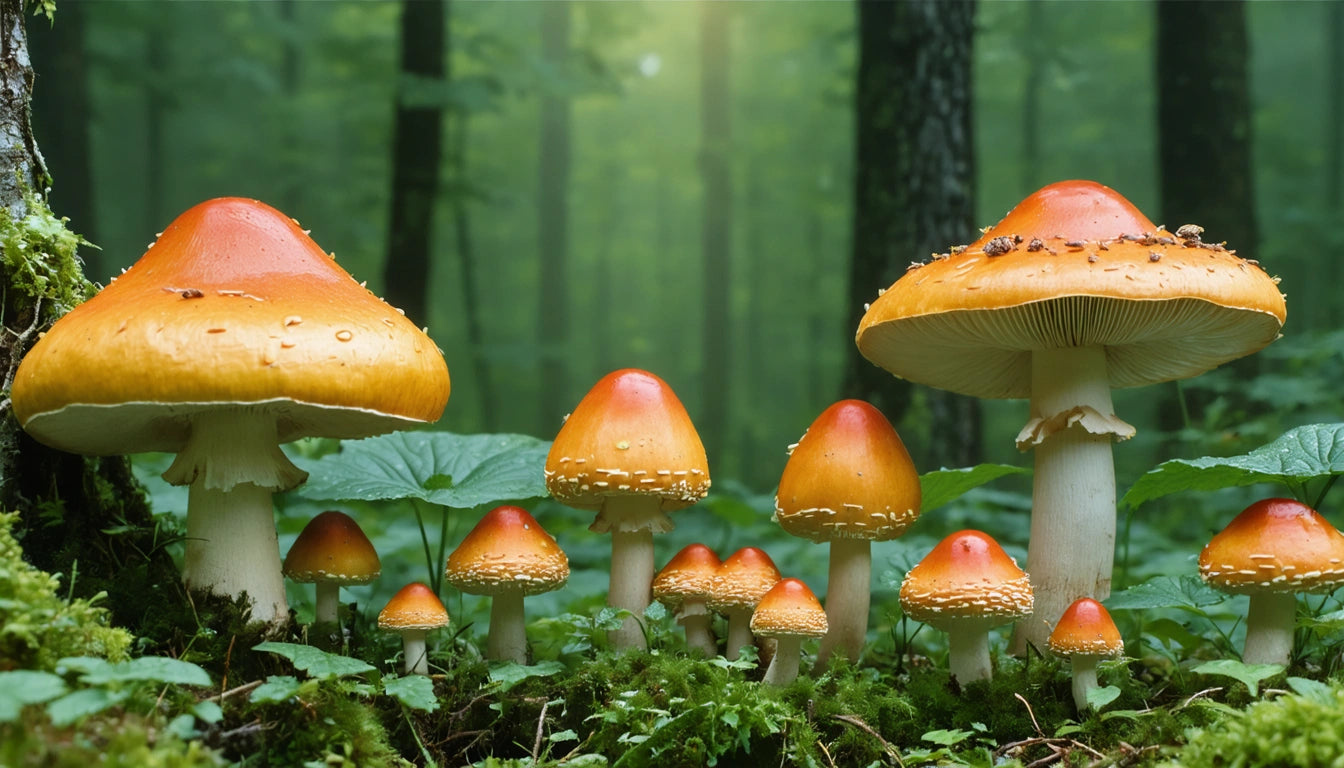Table of Contents
Understanding Light Deprivation (Deps) Weed: A Comprehensive Guide
In the evolving cannabis industry, terms like "deps," "light dep," and "light deprivation" have become increasingly common. But what is light dep weed exactly? This guide explores the cultivation method, its benefits, and why deps have secured a significant place in the cannabis market.
What is Light Dep Weed? Understanding the Basics
Light deprivation cannabis, commonly referred to as "deps weed" or simply "deps," is marijuana grown using a technique that manipulates the plant's exposure to light. This method involves covering plants to block sunlight at specific times, essentially tricking the plants into flowering earlier or on a controlled schedule.
The term "deps" has become part of the broader cannabis lexicon, joining other industry terminology as outlined in our guide to understanding cannabis types and terminology. When someone asks "what does deps mean in weed?" they're referring to this specific cultivation approach that bridges the gap between indoor and traditional outdoor growing.
How Light Deprivation Works: The Science Behind Deps
Cannabis plants naturally flower when they receive 12 hours of darkness and 12 hours of light. Light deprivation manipulates this natural cycle by:
- Using blackout tarps or specialized greenhouse coverings to create artificial darkness
- Implementing automated systems that cover plants at precise times
- Creating multiple harvest cycles within a single growing season
This process allows growers to control when plants flower regardless of the natural seasons. By maintaining optimal humidity levels during this process, growers can enhance quality and prevent mold issues. Many professional operations use specialized humidity control products to maintain ideal growing conditions throughout the light deprivation cycle.
Deps vs. Indoor and Outdoor Cannabis: Key Differences
Understanding what deps weed is requires comparing it to other cultivation methods:
Deps vs. Indoor Cannabis
Indoor cannabis is grown completely under artificial lighting with tightly controlled environmental conditions. Deps weed, however, utilizes natural sunlight for much of its growth cycle, resulting in:
- Lower production costs than fully indoor operations
- Reduced carbon footprint due to less electricity usage
- A different terpene profile that many connoisseurs appreciate
The terpene differences are particularly notable, as these compounds significantly influence the aroma, flavor, and effects of cannabis. You can learn more about these important plant compounds in our article on understanding terpenes and their benefits.
Deps vs. Traditional Outdoor
Unlike traditional outdoor grows that are entirely dependent on natural seasons, deps weed offers:
- Multiple harvests per year (typically 2-3 compared to one for traditional outdoor)
- More consistent quality control
- Better protection from adverse weather conditions
- Reduced pest and contaminant exposure
Quality Characteristics of Light Dep Cannabis
When consumers ask "what is dep weed quality like?" they're often comparing it to indoor and outdoor alternatives. Light dep cannabis typically features:
Appearance and Structure
Light dep buds generally display:
- Denser bud structure than traditional outdoor
- Good trichome development
- Less manicured appearance than premium indoor
- Natural coloration from sun exposure
Potency and Chemical Profile
The potency of deps weed can be impressive:
- THC levels comparable to indoor in many cases
- Rich terpene profiles from natural sunlight
- Full spectrum cannabinoid development
The chemical composition of cannabis, including deps, is a complex subject that affects how products are processed and consumed. For those interested in how cannabis compounds change through various processes, our guide on understanding decarbing and how it affects weed provides valuable insights.
Market Position and Consumer Perception of Deps
In today's cannabis market, deps occupy a middle-tier position:
- Price point: typically less expensive than indoor but more than outdoor
- Perceived value: offers quality-conscious consumers a balance of affordability and quality
- Sustainability appeal: lower carbon footprint than indoor cultivation
The terminology around deps has evolved as consumer education increases. Many dispensaries now specifically label products as "light deprivation" or "deps" rather than simply categorizing them as outdoor cannabis. This transparency helps consumers understand weed definitions and composition when making purchasing decisions.
For processors and manufacturers, deps provide raw material for various product categories, including concentrates. The relationship between cultivation methods and extract quality is explored further in our article on understanding cannabis distillates.
As the cannabis industry continues to mature, light deprivation techniques are likely to become even more sophisticated, potentially narrowing the quality gap between deps and indoor cannabis while maintaining their cost advantages. For consumers and industry professionals alike, understanding what deps weed is and its place in the market provides valuable context for navigating product options and quality expectations.











Leave a comment
All comments are moderated before being published.
This site is protected by hCaptcha and the hCaptcha Privacy Policy and Terms of Service apply.